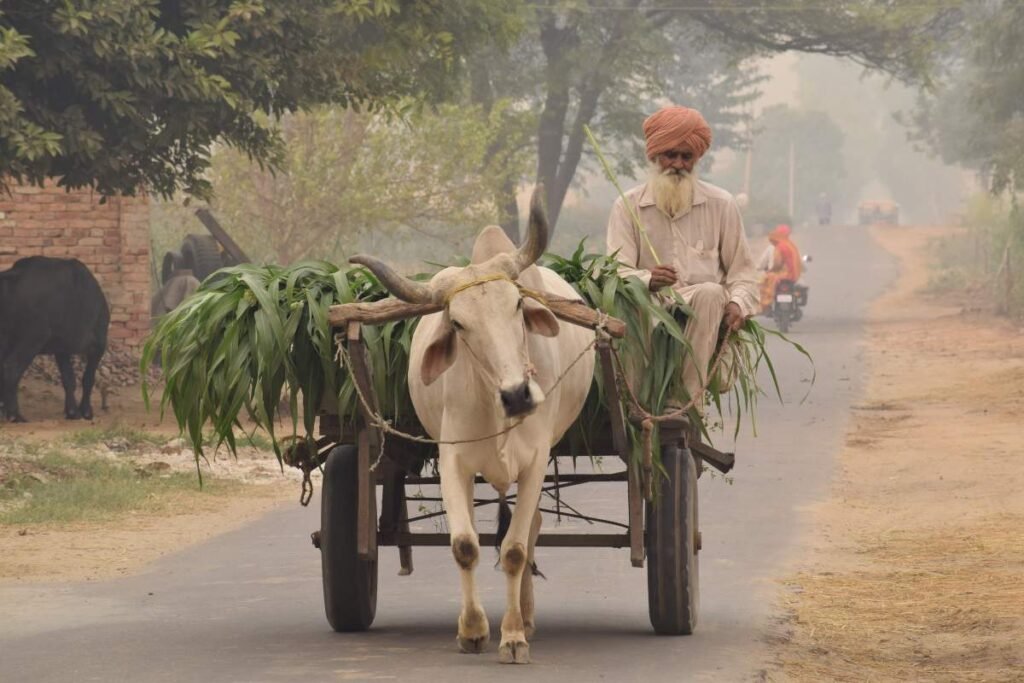India has been dealing with unprecedented crises-with China on the border and with the economy and pandemics within. Fighting these crises require resources. So, this article examines the options to raise revenue and the consequences that come with them.
Increase in financial burden to counter China
The Chinese military threat calls for immediate and strategic action by our defence and foreign affairs establishments. India’s war against Pakistan in Kargil in May 1999 provides hints of the financial burden of a military threat. India’s defence expenditure in the war year shot up by nearly 20% from the previous year. India’s defence budget for the next financial year was 2.7% of nominal GDP, the highest in decades. China is a far mightier power than Pakistan. India’s defence budget has been whittled down to just 2% of GDP for the financial year 2021.China’s defence budget is nearly four times larger. In all likelihood, the Chinese
conflict will stretch central government finances by an additional one to two percentage points of GDP.
Economics of healthcare
The combined public health expenditure of the States and the central government in India is a mere 1.5% of GDP. While China’s is at 3% and America’s at 9%. The COVID-19 epidemic is expected to linger on for another two years. There is no option other than to significantly ramp up India’s health expenditure. So, the government will need additional funds of the equivalent of at least one percentage point of GDP to continue the fight against COVID-19. But the economy is in bad shape India’s economy has four major drivers:
1) Spending on consumption
2) Government spending
3) Investment
4) external trade.
Spending by people is the largest contributor to India’s economic growth every year. For every 100 in incremental GDP, 60 to 70 comes from people’s consumption spending. The lockdown shut off people from spending for two full months. India’s economy will contract for the first time in nearly five decades.
With the global economy in tatters, trade is not a viable alternative to offset the loss from consumption. Investment is also not a viable option at this stage since the demand for goods and services has fallen dramatically. So, what we want is new “New Deal”. There are only two options to come out of this situation.
1) Either put money in the hands of the needy to stimulate immediate consumption.
2) Or, the government has to embark on a massive spending spree, akin to the “New Deal”.
New Deal was a series of programmes and projects instituted in the U.S. during the Great Depression of the 1930s.
Government will need to inject incremental funds of five percentage points of GDP to absorb the economic shock and kick start the spending cycle again. Finding resources while avoiding “junk rating” Additional expenditure on health, defence and stimulus package plus making up for a shortfall in revenue will lead to a fiscal deficit of 10% of GDP. The only option for the government to finance its needs is to borrow copiously. Borrowing will obviously push up debt to ominous levels. When government debt rises dramatically, it gives rise to a “junk crisis. With rising debt levels, international rating agencies will likely downgrade India’s
investment rating to “junk”. Junk rating will then trigger panic among foreign investors. India thus faces a tough dilemma save the country’s borders, citizens and economy or prevent a “junk” rating.
Conclusion
How India emerges from this crisis will shape not just India’s destiny but the world’s. The best course of action is to borrow unabashedly to pull India out of the crisis and deal with the consequences of a potential “junk” nation label.
